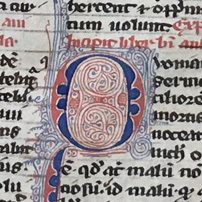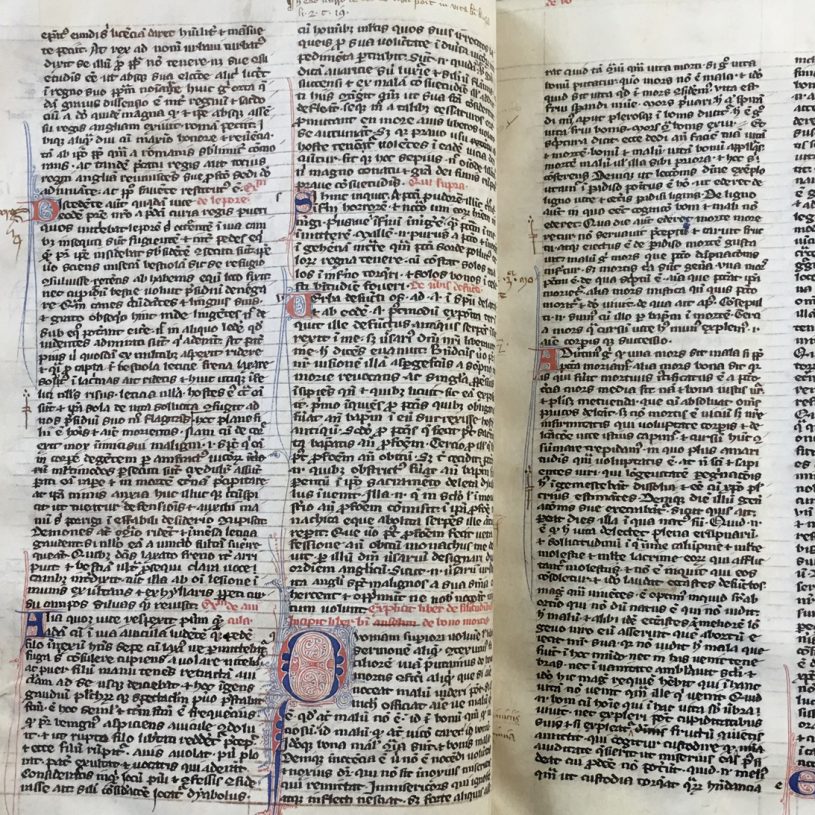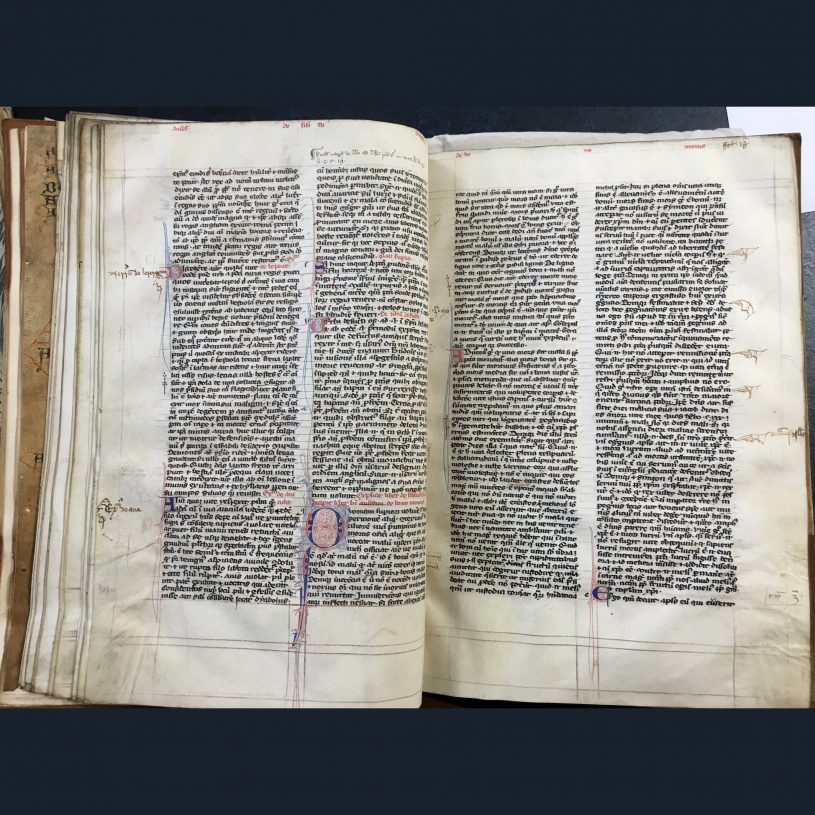Exploring the world of art, history, science and literature. Through Religion

Welcome to TreasureQuest!
Look through the treasures and answer the questions. You’ll collect jewels and for each level reached, earn certificates.
How far will you go?
You need an adult’s permission to join. Or play the game without joining, but you’ll not be able to save your progress.
Proslogion is thought to have put down in writing one of the earliest versions of the so-called ‘ontological argument’






Are there links to current religious practices or a modern equivalent?
Modern printed versions of this document are often studied by seminarians training to take religious orders.

Where is it from, where is it now?

Websites
Stanford Encyclopedia of Philosophy
More information on Saint Anselm of Canterbury (1033–1109).
Books
There are many modern translations of Anselm’s Proslogion such as S. N. Dean (Chicago, IL: Open Court, 1962). There is a useful chapter on Anselm in Jacob Sherman, Partakers of the Divine (Minneapolis: Fortess Press, 2014).











 Faculty of Divinity
Faculty of Divinity